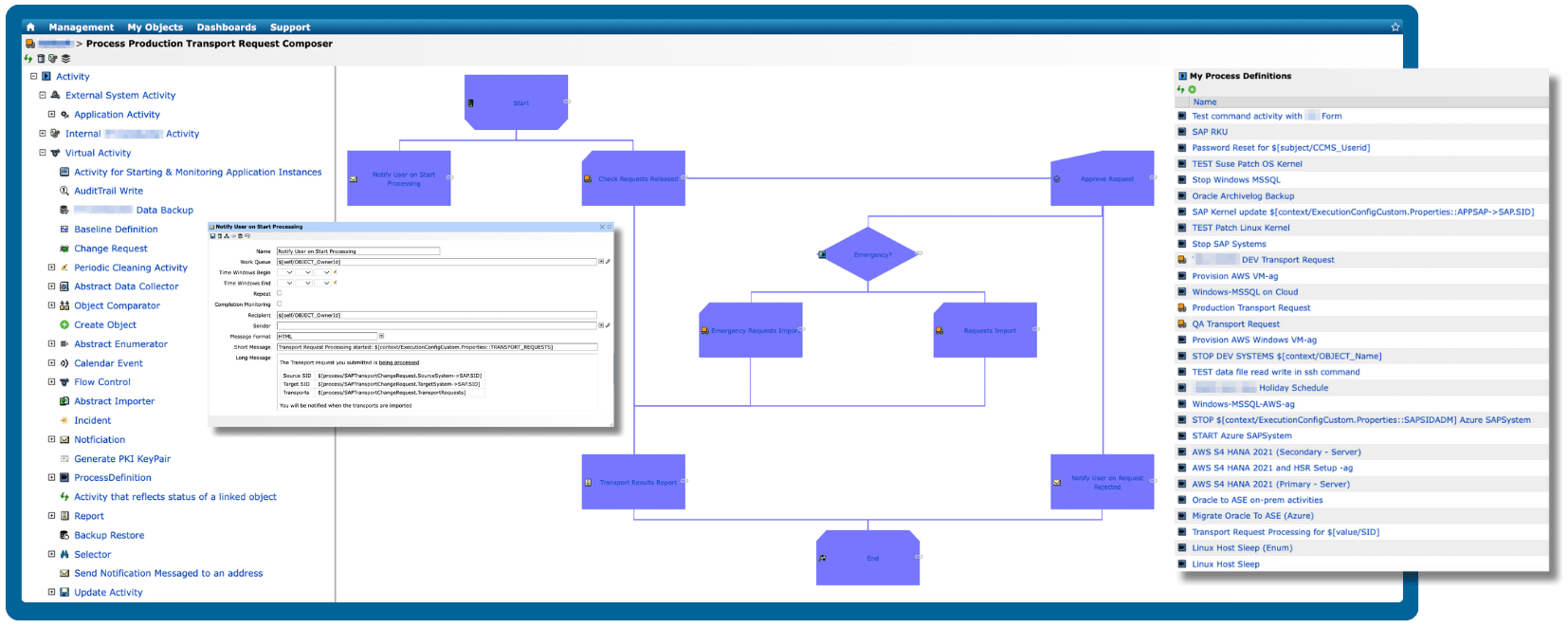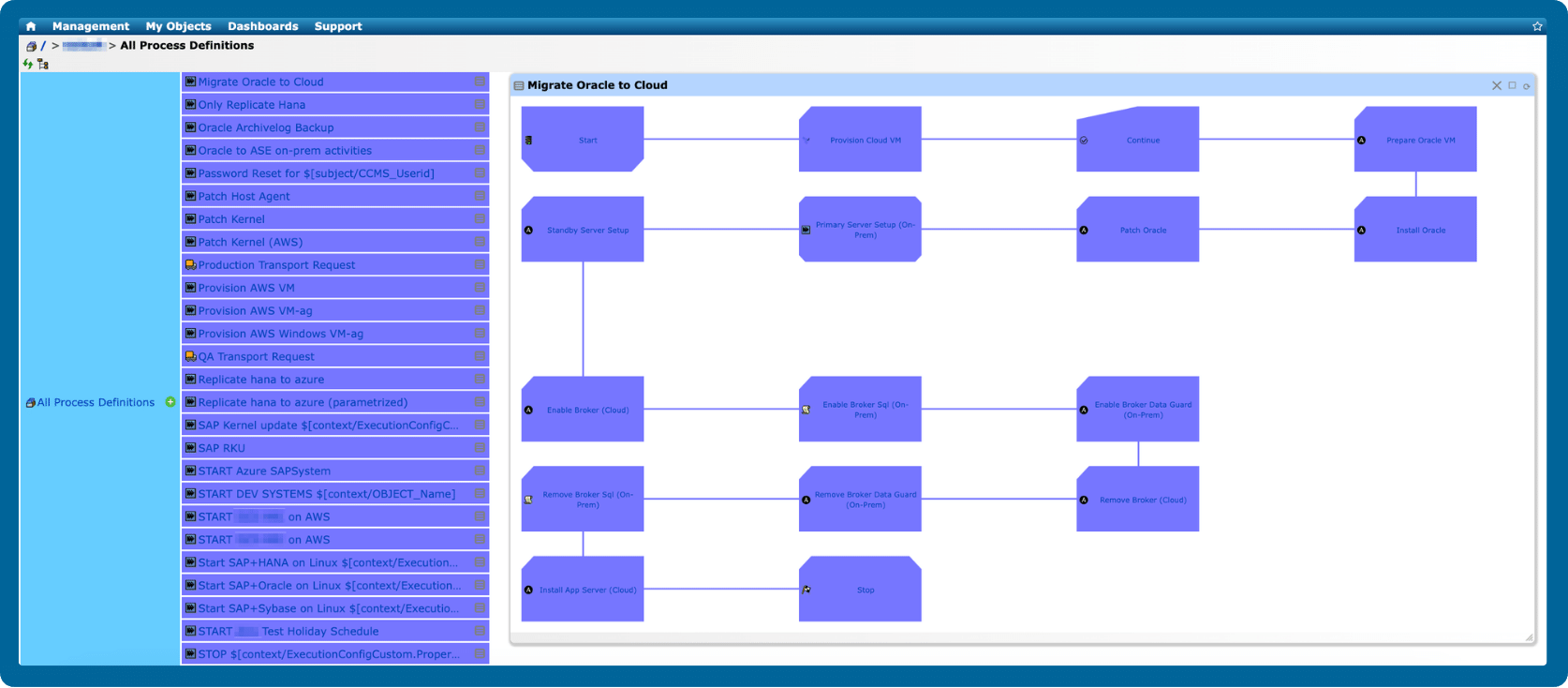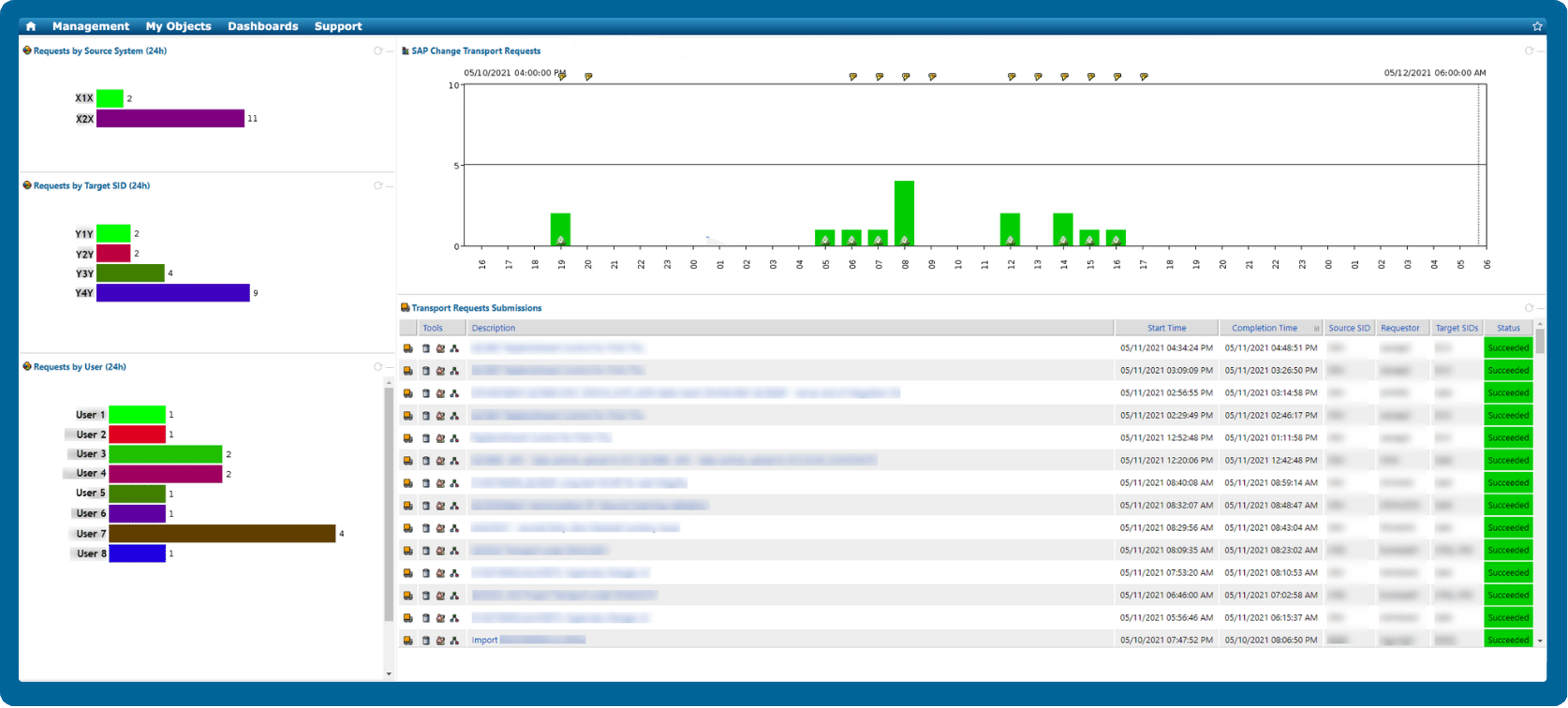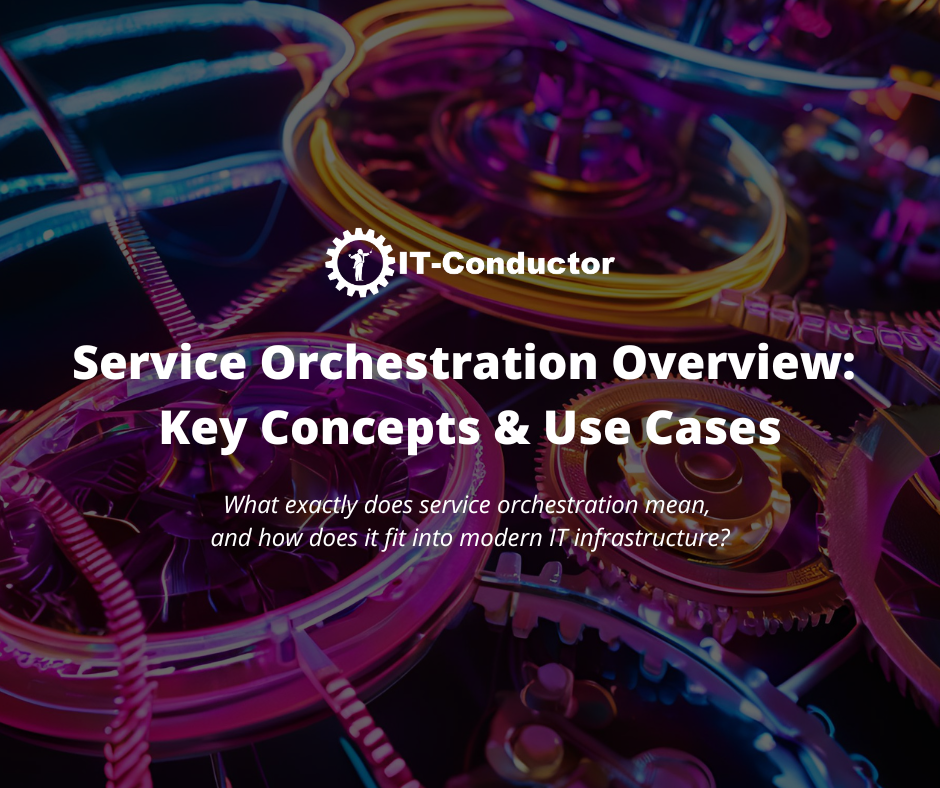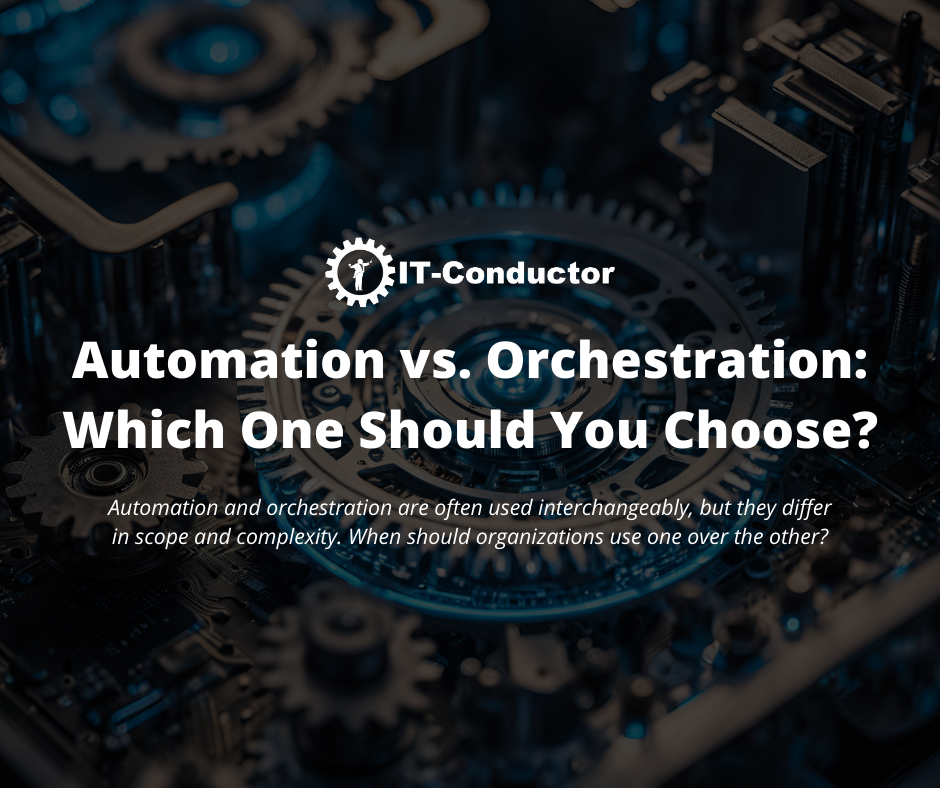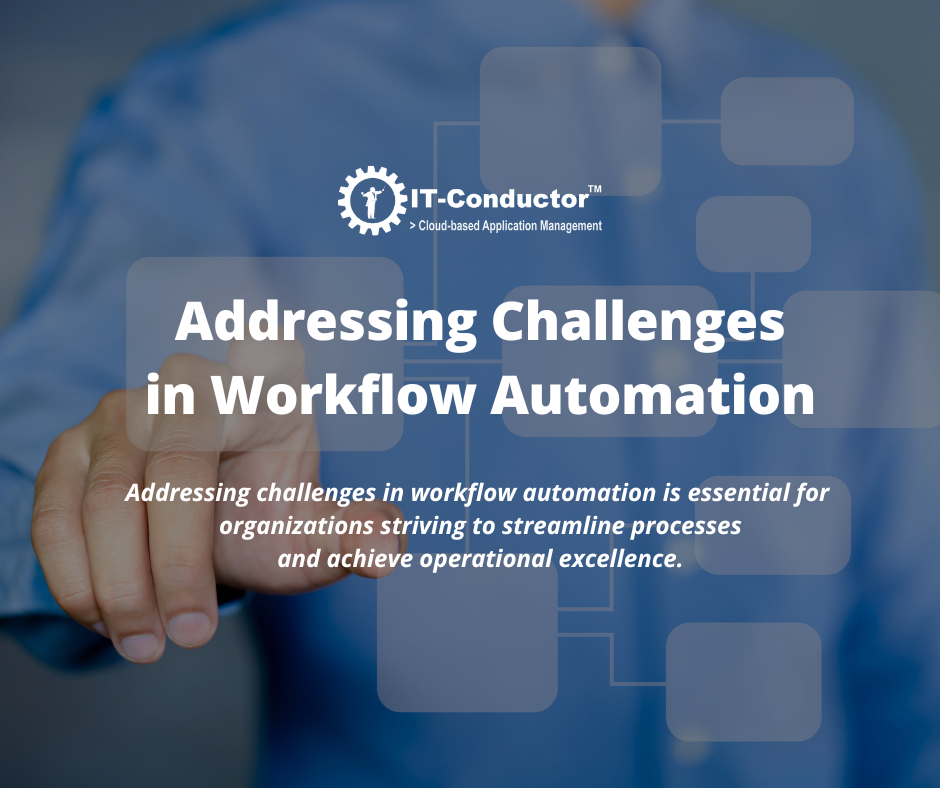Workflow orchestration is the process of coordinating and automating multiple tasks, systems, and processes to work together efficiently toward a specific outcome. Instead of managing each step manually or in isolation, orchestration ensures that every part of a workflow — whether in IT operations, business processes, or cross-department activities — runs in the right order, at the right time, and with minimal human intervention.


